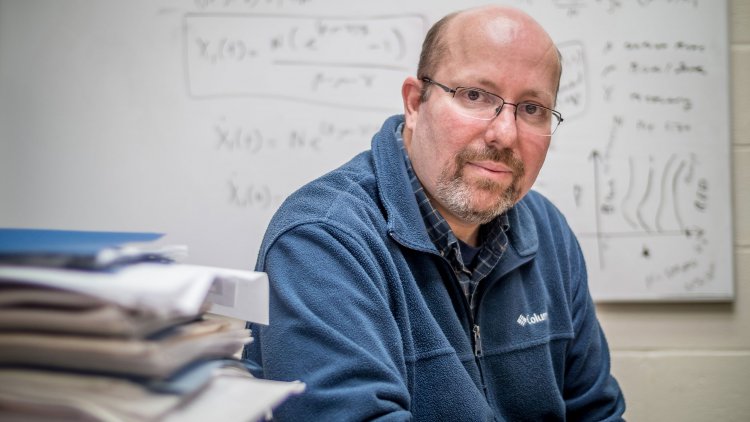Montclair State University issued the following announcement on July 7
Professor Eric Forgoston, chairperson of Applied Mathematics and Statistics, has created a mathematical model to forecast the spread of COVID-19.
With New Jersey reopening in phases, a mathematical model built by a Montclair State University professor forecasts how social distancing, testing and tracing can help policymakers understand how various approaches may work to curb the coronavirus.
“The pandemic is certainly not over,” says Professor Eric Forgoston, chairperson of Applied Mathematics and Statistics, echoing public health officials and the World Health Organization, which recently warned “the worst is yet to come.”
The models show what could happen given different scenarios as New Jersey eases restrictions. The study was co-authored by Forgoston and Michael Thorne, research collaborator and computational biologist at the British Antarctic Survey in Cambridge, UK.
“Whether you rip the Band-Aid off or successively open throughout the summer, if you’re not monitoring, then the disease will just grow again and you’ll get that major second wave peak,” Forgoston told New York City’s WNYC-FM, in one of the interviews he and other Montclair State faculty have given as part of the national conversation on COVID-19 and the public health crisis.
In explaining his mathematical models to nj.com, Forgoston said, “A better way to do it is to have the appropriate amount of testing and contact tracing in place. The idea is, as soon as a hotspot develops, because you’re doing testing and contact tracing, you’re able to see within days what you have, and you’re able to shut down a small piece of the region or state so it’s not an entire lockdown of the economy.”
The models were developed to understand the transmission of COVID-19 throughout New Jersey as well as the effect of lockdown measures and the removal or easing of different lockdown measures.
“The social contact matrices are divided into work, school, home, and other settings and show the average number of contacts between age groups in each of these settings. By developing a COVID-19 model that includes age and social structure, we are able to assess the impact of specific social distancing/lockdown measures that have been implemented to contain the epidemic in New Jersey,” according to the study.
New Jersey was among the states hardest hit by the coronavirus and among the last to lift stay-at-home orders. “Those measures protected susceptible individuals from becoming sick. But the virus is still out there in the world. It hasn’t gone anywhere,” Forgoston says. “Unfortunately not everybody is wearing a mask and with more mixing going on and more large gatherings, the number of infections will increase.”
Original source can be found here.

Source: Montclair State University




 Alerts Sign-up
Alerts Sign-up